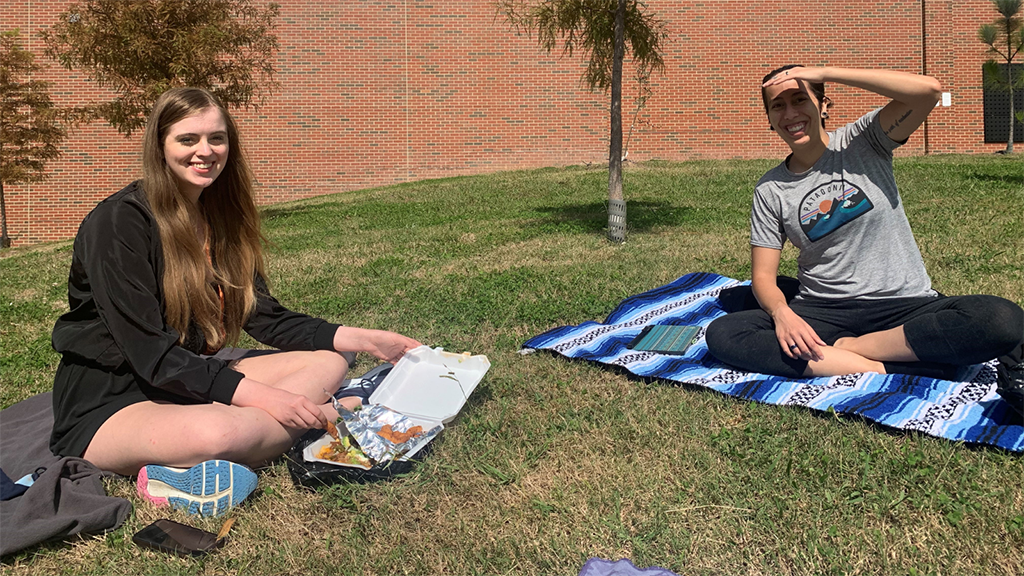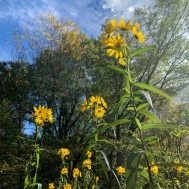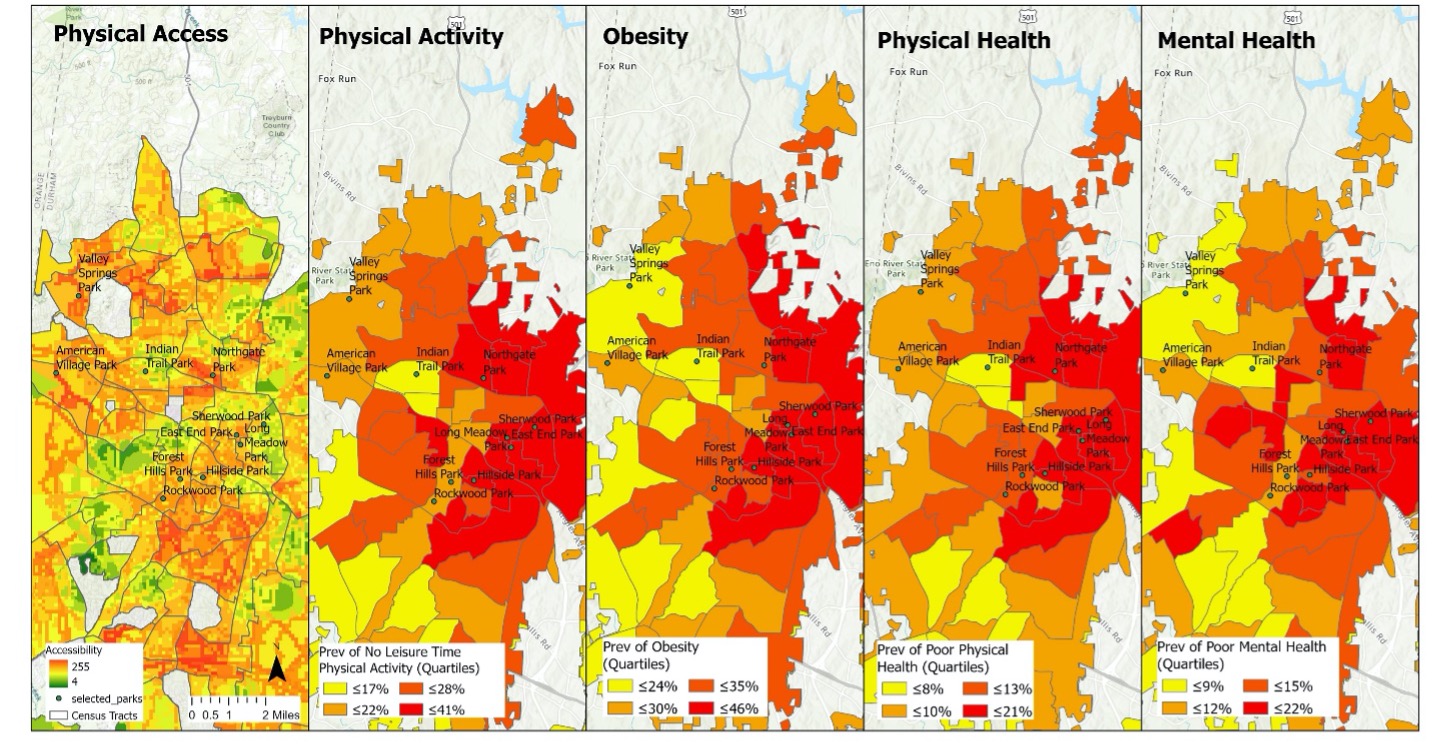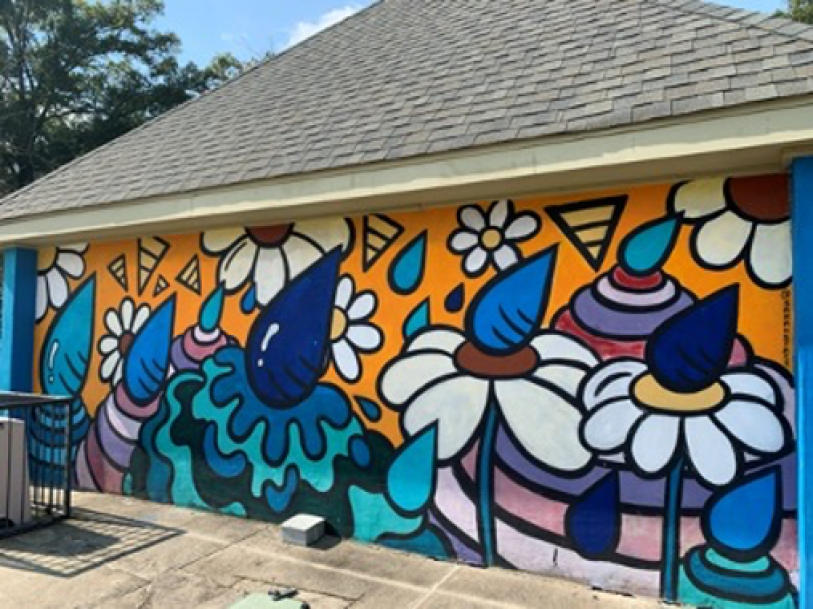Students Examine Park Access and Health Burdens in Durham
June 17, 2021

Three Duke students teamed up to investigate how access to parks may be related to clustering of chronic health burdens in Durham. Master’s students Narissa Jimenez-Petchumurus (Public Policy) and Hiwot Zewdie (Global Health) and undergraduate Amelia Martin (Biology and Global Health) received a Bass Connections Student Research Award for a project inspired by their environmental justice advocacy and the findings of a Bass Connections team, Documenting Durham’s Health History.
With the guidance of Duke School of Medicine faculty Sarah Armstrong, Emily D’Agostino and Michelle White, the students were able to connect with several local organizations and individuals in pursuit of discerning patterns of health across Durham. Partners included Durham Parks & Recreation, Duke Clinical & Translational Science Institute, Durham community experts, Justin Stoler (University of Miami) and Aaron Hipp (North Carolina State University).

Their project had two main components: park observations and spatial analyses of health burden and park access in Durham. For observational data, they surveyed 10 randomly selected Durham public parks and assessed them across various attributes, such as park amenities, cleanliness, proximity to roads, accessibility by sidewalk and the number and demographics of park users.
“This was an enjoyable but also unexpectedly challenging research activity,” said Jimenez-Petchumurus. “For heavily trafficked parks, such as Forest Hills where we once counted over 70 attendees in one hour, it was difficult to keep track of park users coming in and out of the park, while also evaluating the space for its characteristics.”

The park observations revealed some of the misconceptions about what it meant for a space to be a park. “We thought it was physical amenities that drove park engagement,” said Jimenez-Petchumurus. “But through these park observations, and further confirmed through focus groups with Durham community members, we realized the importance of fostering a feeling of belonging and community that may be a greater determinant to park engagement.”

They also considered the variables they wanted to assess in their spatial analyses. “Our goal with the spatial analyses was to investigate how health burden is distributed in Durham, and to see if that was related to the distribution of parks,” Jimenez-Petchumurus said. The team discovered that poor health burden is clustered in neighborhoods that are economically marginalized. However, they did not find the number of parks to be related to health burden. For example, the presence of a park in a given census tract was not related to the health status of that community. “We were surprised by this because we considered parks to be health promoting spaces, therefore, we thought that if communities were in close proximity to parks there is more opportunity for improved health,” she added.
Given their observations and conversations with community experts, the team members learned that park access is more nuanced than they initially thought. There are many factors aside from proximity to a park that may dictate whether a park will be utilized and thus provide health benefits to surrounding communities.
“Overall, engaging with these questions of place and health and working on them directly with community partners has been the most rewarding experience,” noted Jimenez-Petchumurus.

Learn More
- Read about their project and other 2020 Student Research Awards.
- Check out how two students navigated global research partnerships for their project.
- See who received 2021 Student Research Awards.
